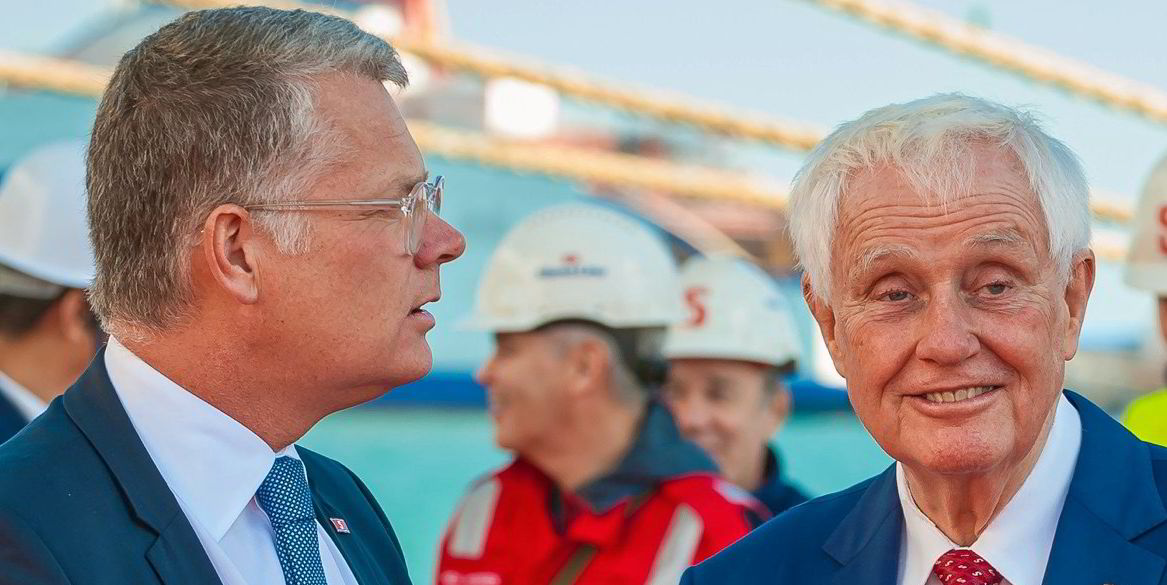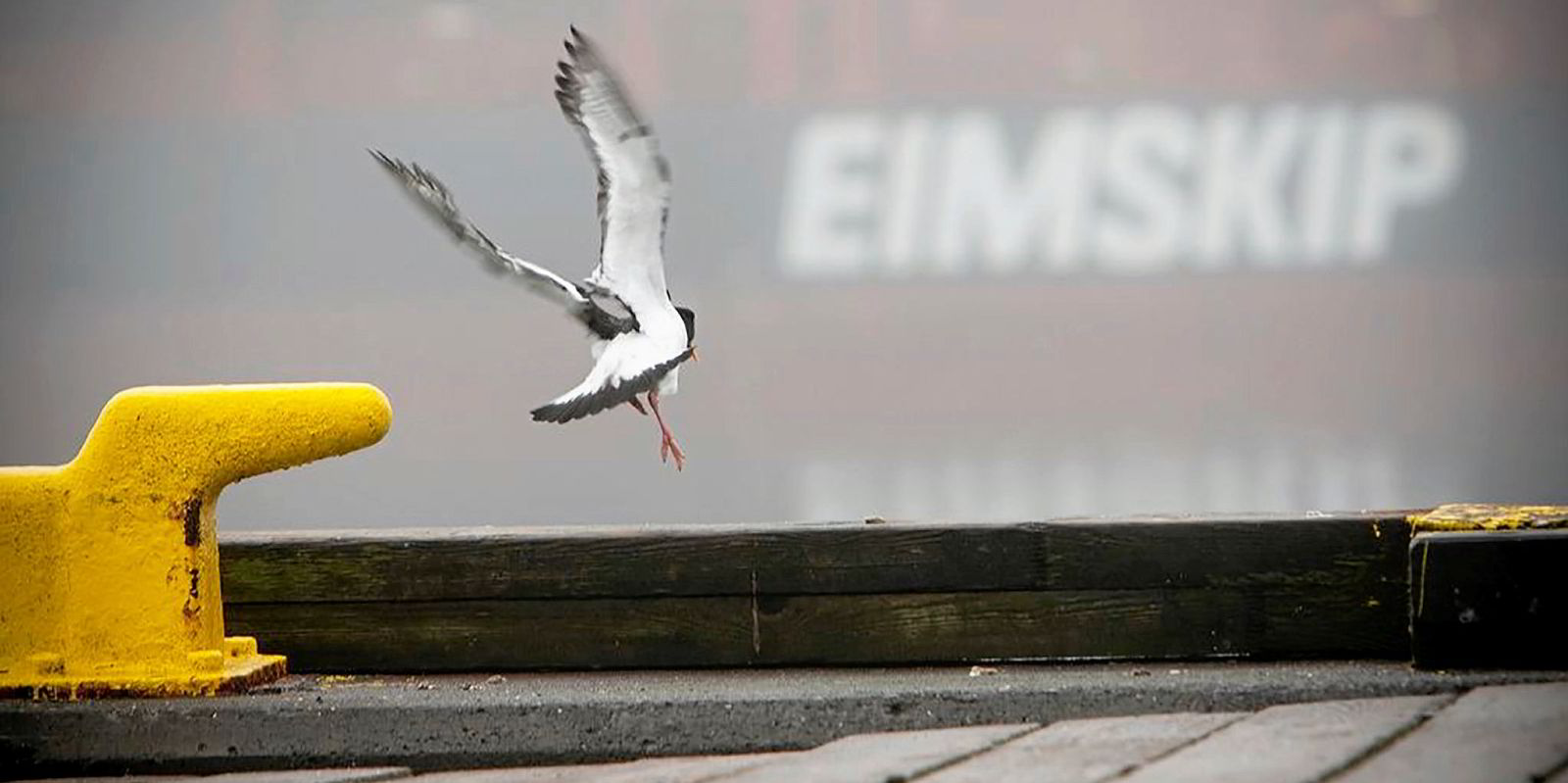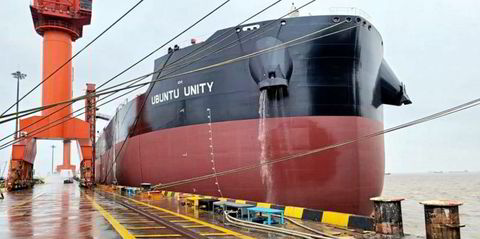Stena Line and Associated British Ports (ABP) have agreed to jointly develop a new £100m ($136m) terminal at Immingham in eastern England to cater for rising freight traffic.
The Swedish company, one of the world's largest ferry operators, will operate the Humber Estuary terminal for 50 years from 2025, when it is hoped the new facility can be opened.
ABP aims to submit a development application to the transport secretary early this summer.
Stena Line, which runs four daily freight services from the Humber region to the Netherlands, said demand has risen since the UK's exit from the European Union and is expected to increase further.
Record levels of freight were moved in 2021 across its North Sea routes, including a 28% year-on-year increase in unaccompanied freight, and Stena Line said it needs to add capacity and expand its operations.
At the beginning of the year, the ferry line relocated its Rotterdam freight service to the Port of Immingham, the largest port in the UK by tonnage, which is owned by ABP. The move allowed it to become the provider of terminal as well as shipping operations.
Stena Line believes acquiring long-term access to the main Humber estuary will allow it to provide quicker sailing times and the option to use larger vessels.
The terminal proposals outline the relocation of Stena Line's current Immingham freight operations to a new site adjacent to Immingham Outer Harbour, where ABP will develop a purpose-built facility.
Niclas Martensson, chief executive of Stena Line, said that with freight rising to record levels, "We will now take the next steps in the strategic vision for our routes between the UK and Continental Europe.
"Stena Line is pledging a significant long-term commitment that will bring a substantial boost to the region’s economy."
ABP Humber director Simon Bird said the deal underlines the fact that ABP in the Humber is becoming a stronger route for trading links between the Midlands and north of England, and the rest of the world.
Stena Line operates 37 vessels on 18 routes between 13 countries across northern Europe.






